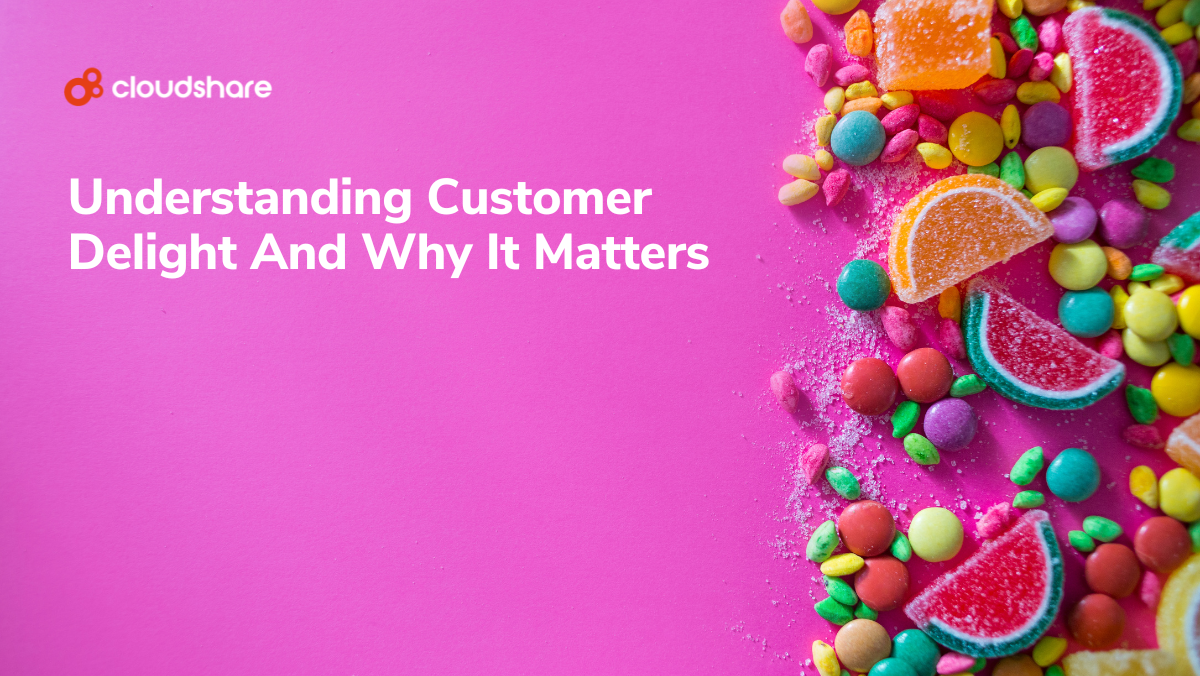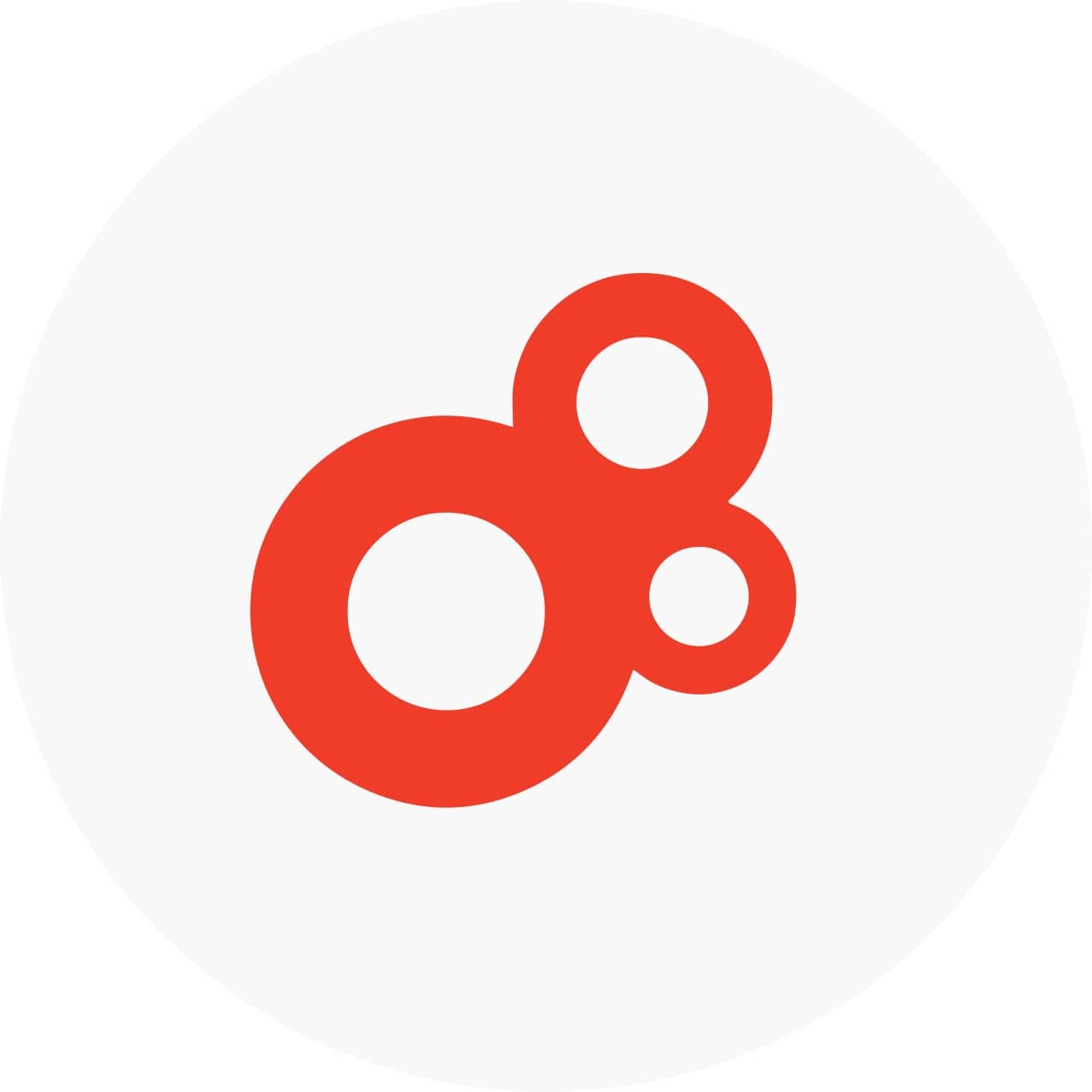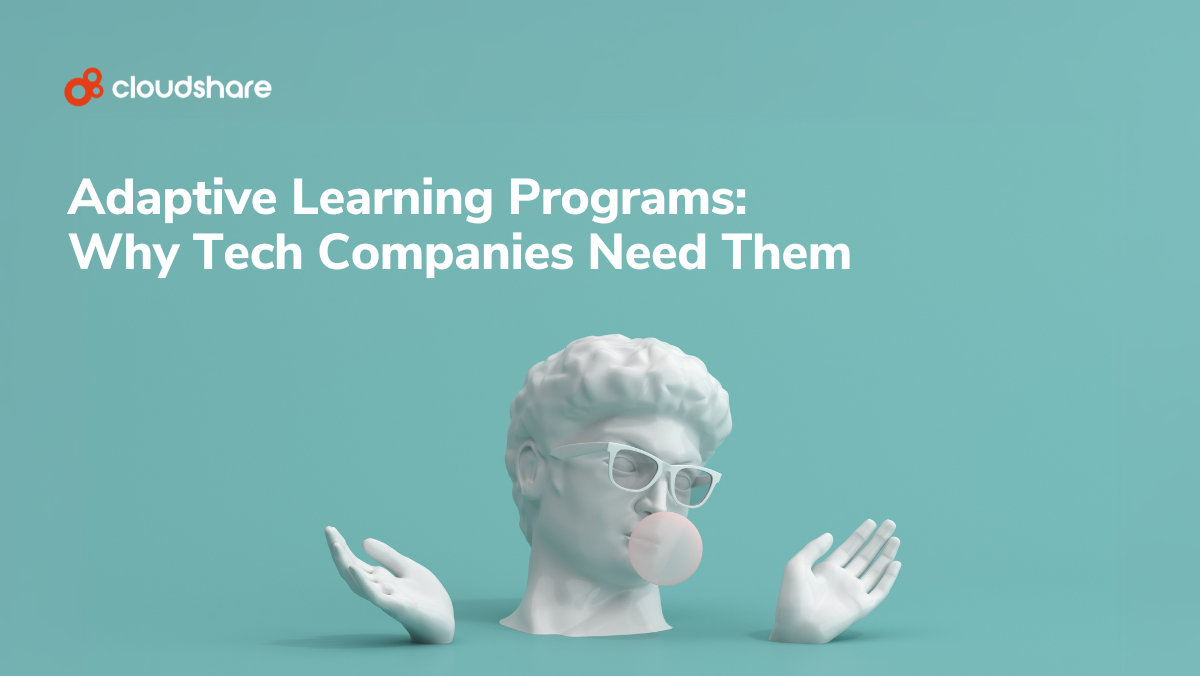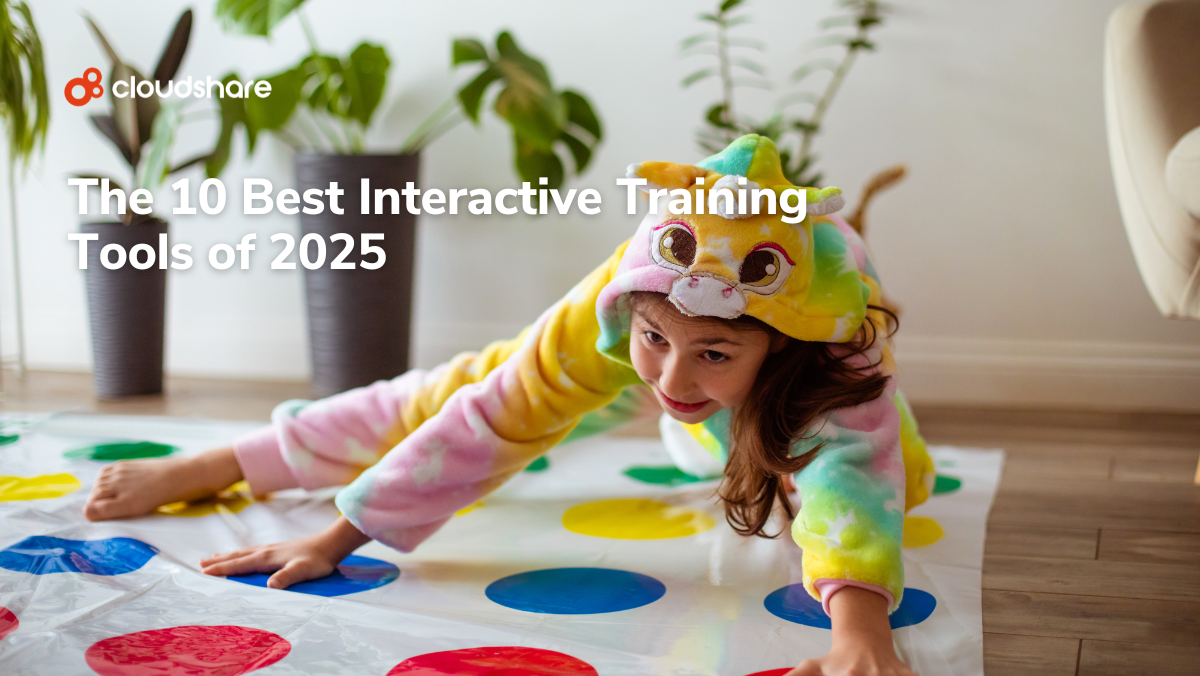
What do all the most successful SaaS companies have in common?
A compelling and unique product? Sure, but what company doesn’t? That’s the bare minimum required to compete in today’s B2B SaaS landscape.
A strong sales process? Again, that’s incredibly important, but it’s also necessary for a company to succeed. There’s something else — something that links together all the best SaaS businesses regardless of audience or niche.
The best SaaS companies don’t simply invest in meeting customer expectations but exceeding them. For these market leaders, customer satisfaction isn’t enough. They aim to go a step further — their goal is customer delight.
What is Customer Delight?
Remember Tidying Up with Marie Kondo? While the Netflix series feels very much like it was released in a different reality from the world today, there’s something from the show that’s particularly relevant to our discussion of customer delight. It’s the titular cleanliness guru’s favorite phrase: Does this spark joy?
Ask that same question about your company from the perspective of your customers. Does working with you make them consistently happy or excited? Do they enjoy their experience with your software to such an extent that they advocate for it to their colleagues?
That’s customer delight — it’s what you get when your business and its software spark joy in customers.
Customer Delight vs. Customer Satisfaction
Customer delight and customer satisfaction have a great deal in common, as they should. Both require that your business demonstrate an understanding of its customer’s needs, pain points, interests, and desires. Where the two diverge is that cultivating customer delight is a much more involved process.
Customer satisfaction occurs when you fulfill a customer’s needs. Customer delight occurs when you actively work to make that same customer feel happy and valued. The former is a precursor to the latter; you cannot have one without the other.
How to Measure Customer Delight
Customer delight is admittedly somewhat nebulous, and there isn’t any singular metric tied to it. One might even go so far as to argue that you shouldn’t measure customer delight. You should strive to delight your customers for their sake, not because you’re trying to fulfill a KPI.
We live in what market research firm Breakthrough Research has referred to as an age of artifice. Inauthentic brands are everywhere. Consequently, modern customers — particularly those in the B2B space — tend to be very good at sniffing out when a company is not what it appears to be.
And if a client can’t trust your company to be authentic in its customer outreach, why would they entrust their business to your software?
With all that said, there are a few metrics that you can use to gauge customer delight. Just make sure you don’t obsess over them:
- Net Promoter Score, which measures on a scale of 0-10 how likely a customer is to recommend your software to other people.
- Customer Satisfaction Score, which asks customers to rate how they feel about your product, typically on a scale from 1-5.
- Customer Effort Score, which assesses how easy customers find your company’s support experience on a scale from 1-10.
- Retention and Churn, which respectively measure how many customers you’ve retained and how many you’ve lost over a specified timeframe.
Five Easy Ways to Delight Your Customers
While there’s no surefire strategy for inspiring delight, there are a few steps you can take to make your company considerably more delightful to its audience.
Personalization
Personalization remains the best way to create a positive experience for your customers. The more effectively you’re able to tailor your training, outreach, and support materials to a customer’s unique needs and use case, the happier they’re likely to be. To that end, consider using AI for customer delight — integrating the technology into your virtual sales strategies can provide you with a huge competitive advantage by making it far easier to scale your personalization efforts.
Seamless Support
Your customers should be able to receive product and technical support the moment they need it. More importantly, that support should quickly and painlessly solve whatever issues they’ve encountered. Again, this is an area where automation and artificial intelligence can help a great deal.
You can provide your customers with a painless self-service support portal augmented by a solution such as ChatGPT with the ability to immediately escalate to a human support professional if the portal doesn’t solve their problem.
An Easy Buyer’s Journey
Just as it should be easy for existing customers to reach out to your support team, it should be easy for buyers to reach out to your sales and customer success teams. No matter where they are on your website, there should be multiple options with which a customer can get in touch.
Feedback
Never underestimate the value of simply stopping to listen. Not only can you glean insights about each customer’s experience with your software, but you can also identify potential opportunities for improvement. Similarly, by listening to feedback from your employees, you can identify and provide them with the tools they need to excel at their work — something that will ultimately trickle down to your customers.
Educate
Marketing, education, and customer success are all interconnected. For instance, a customer education program with early-stage content can make a prospect up to 131% likelier to purchase from a brand. What’s more, onboarding is one of the most significant predictors of customer success — and, therefore, one of the most important factors in pursuing customer delight.
Making Your Company Delightful
Customer delight isn’t something that can be tracked by numbers on a screen. It isn’t a sales goal or a marketing strategy. It’s simply the result of treating your customers like people and showing them that you care by constantly looking for new ways to exceed their expectations.
Just strive to be exceptional in everything you do — that, more than anything, is the best way for your business to spark joy.
Interested in learning a bit more about customer success?
Check out 12 Ways to Propel Productivity in Customer Education with AI and The Ultimate Guide to Customer Training in 2024. We also recommend reading How to Embrace an Omnichannel Approach to Training. Finally, if you’re looking for a bit of Schaudenfraude, you could read 3 Terrible Product Demo Fails (and How to Avoid Them).

![[Webinar On-Demand] Create Effective Customer Education Across the Entire Lifecycle](https://no-cache.hubspot.com/cta/default/20688800/interactive-144316796446.png)



